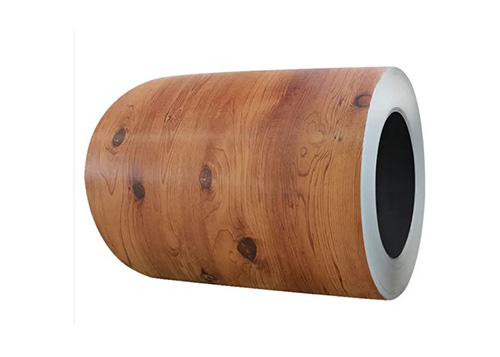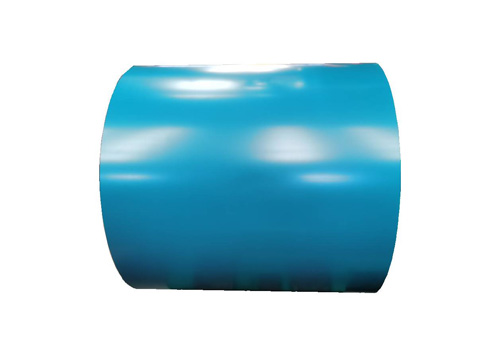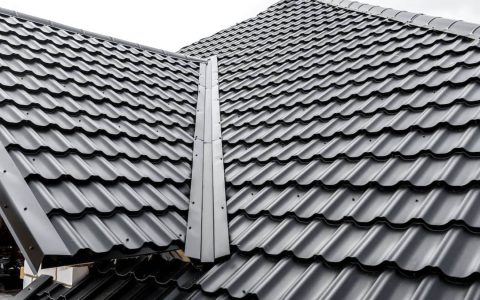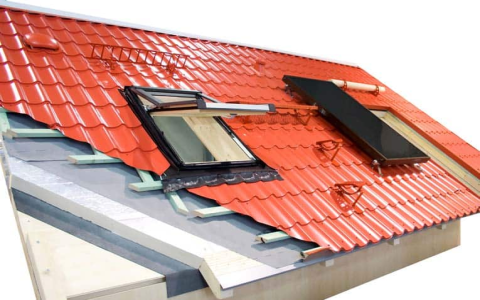Alright, let’s talk about these here galvanized pipes, you know, the ones they use for all sorts of things around the house and farm. I ain’t no engineer, but I’ve seen enough pipes in my day to know a thing or two. So, if you’re tryin’ to figure out what size pipe you need, listen up, I’ll tell ya what I know.
First off, they got this fancy way of writin’ down the pipe size, looks somethin’ like this: 1″ SCH 40 x 20′. Now, don’t go gettin’ all confused. That “1 inch” part, that’s what they call the nominal pipe size. But here’s the kicker, it ain’t actually one inch across. Nope, that pipe’s a little bit bigger on the outside, about 1.315 inches, if you wanna get technical.

Then you got that “SCH 40” part. That’s tellin’ you how thick the pipe wall is. For a 1-inch pipe, SCH 40 means the wall is about 0.133 inches thick. The thicker the wall, the stronger the pipe, makes sense, right? They got all sorts of different schedules, but SCH 40 is pretty common.
And that “20′” at the end? Well, that’s just how long the pipe is, 20 feet in this case. Nothin’ too complicated about that.
Now, let’s talk about the different sizes you might run into. They got pipes as small as half an inch, that’s like, 15 millimeters if you’re usin’ that other kinda measurin’ stick. Then they go up from there:
- 0.75 inch (20 mm)
- 1 inch (25 mm)
- 1.5 inch (40 mm)
- 2 inch (50 mm)
- 3 inch (80 mm)
- 4 inch (100 mm)
- 6 inch (150 mm)
- 8 inch (200 mm)
- 10 inch (250 mm)
- 12 inch (300 mm)
- 14 inch (350 mm)
- 16 inch (400 mm)
- 18 inch (450 mm)
- 20 inch (500 mm)
That’s a whole lotta pipe sizes, ain’t it? But don’t you worry none, most folks only need a few different sizes for their fixin’ up projects.
Now, why do they use galvanized pipes anyway? Well, it’s ’cause they last a long time, see? They don’t rust out on ya like some other pipes do. That galvanizin’ stuff, it’s like a coat of armor that protects the pipe from the weather and all that nasty stuff in the ground. That’s why you see ’em used for water lines, fences, and all sorts of other things.
If you’re lookin’ at one of them fancy pipe charts, you’ll see a bunch of numbers and letters. They got things like Nominal Pipe Size (NPS), that’s what we talked about earlier, the kinda sorta size. Then they got the Outer Diameter (OD), that’s how big it is on the outside, for real. And the Inside Diameter (ID), that’s how big the hole is in the middle, where the water or whatever goes. And of course, you got the Schedule Number (Sch), that’s how thick the wall is.

They got these standards, like ANSI/ASME B36.10M and API 5L, that tell you exactly how big each pipe is supposed to be. That way, you know you’re gettin’ the right size, no matter where you buy it.
Measure in’ the pipe ain’t too hard, neither. You mostly just need to know how big around it is on the outside and how long you need it to be. You can use a tape measure or a ruler, just make sure you’re gettin’ it straight.
So, there you have it. A little bit about galvanized pipe sizes. It ain’t rocket science, but it’s good to know this stuff if you’re gonna be doin’ any work around the place. Remember to measure twice and cut once, like my old man always said.
And one more thing, if you ain’t sure about somethin’, it’s always best to ask someone who knows. Nothin’ wrong with gettin’ a little help now and then.
Tags: Galvanized Pipe, Pipe Size, Pipe Chart, Nominal Pipe Size, Pipe Measurement, Steel Pipe, ANSI/ASME, API 5L, OD, ID, Schedule Number, Plumbing, DIY, Home Improvement



